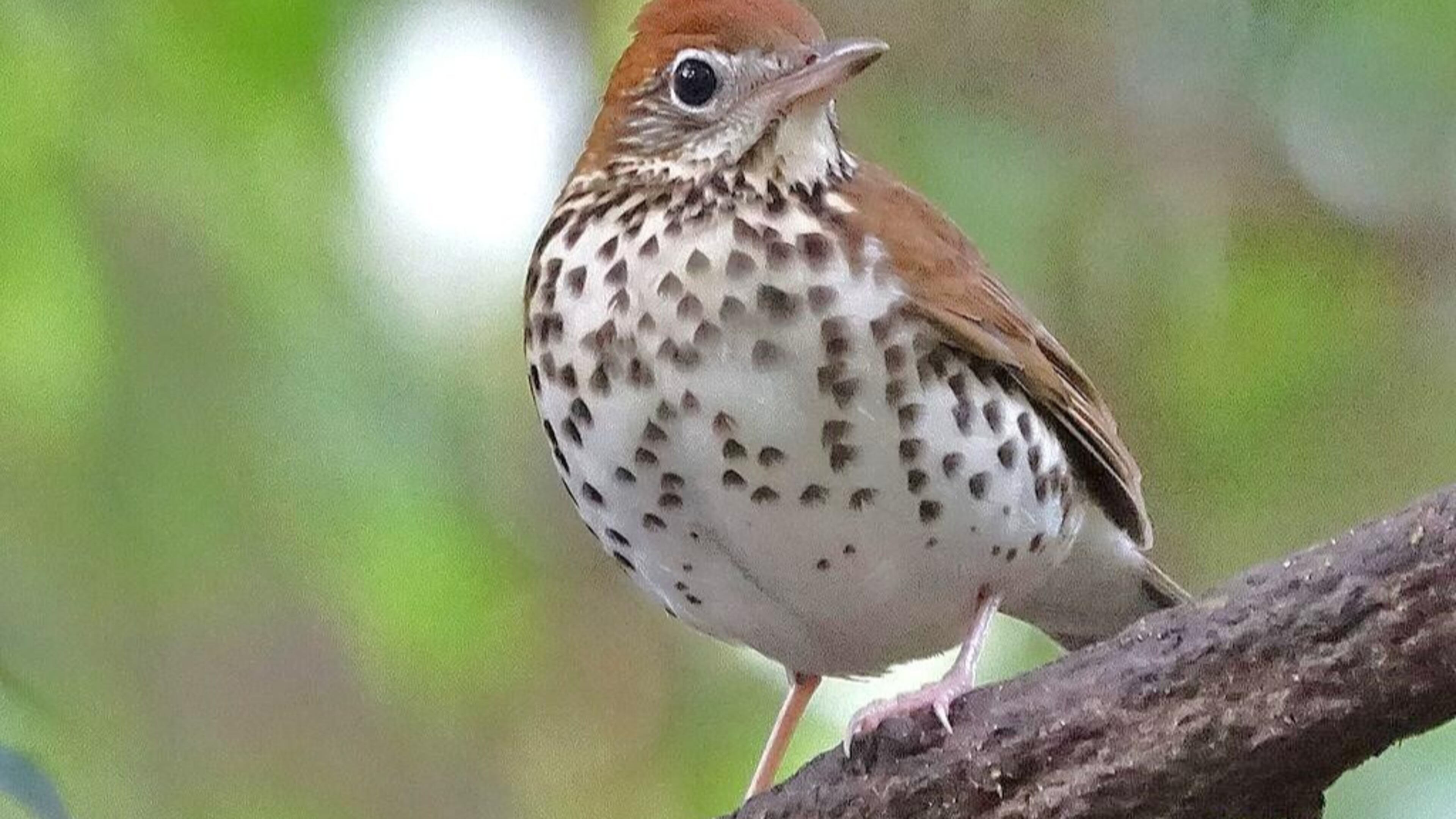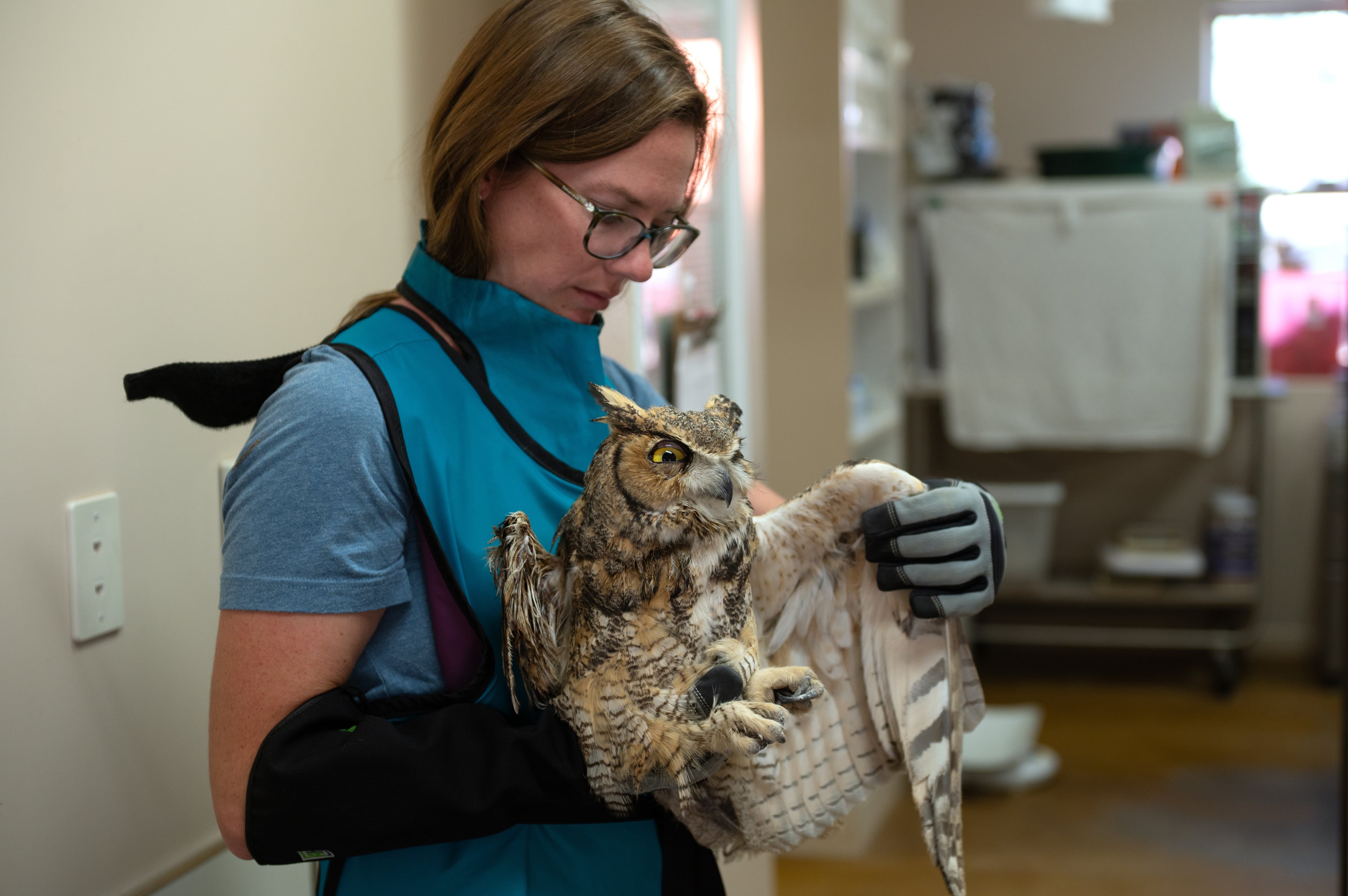Identifying birds by their songs adds zest to birding

In my yard in Decatur the other morning, an unseen bird in a shrub belted out something that sounded like, “Drink your teeeee!” I knew immediately that it was an Eastern towhee. Then, a loud “cheerily, cheerily, cheerily” told me that an American robin was nearby. A “teakettle, teakettle, teakettle” song revealed a Carolina wren. A tufted titmouse called out, “Peter, peter, peter.”
These birds weren’t using human speech, of course. Instead, it was I who was using human phrases and words, or mnemonics, to identify the creatures by their songs. Birders, in fact, have developed a whole slew of mnemonics to help them memorize bird songs and identify the birds that sing them. That’s important for birders, because far more birds can be heard than seen.
But whether we are dedicated birders or not, for all of us, recognizing birds by their songs and calls can extend our knowledge, awareness and enjoyment of the feathered creatures in our yards and neighborhoods. For me, it is a joy to linger in bed for a few minutes on a spring morning and tell which birds are singing so jubilantly outside my bedroom window. I can’t help thinking that birdsong and human song seem to share amazing similarities.
A long list of bird song mnemonics can be found at www.fernbank.edu/birding/mnemonics.htm. The list was created by ornithologist Georgann Schmalz, who occasionally teaches “birding by ear” courses at Birds Georgia and other organizations.
Some of my other favorite bird song mnemonics include the Northern cardinal’s “what cheer, what cheer, purty, purty, purty;” the wood thrush‘s “ee-o-lay, ee-o-lay;” and the ovenbird’s “teacher, teacher, teacher.”
Most birds, of course, sing to attract mates and defend territory. But there’s scientific evidence that some birds may sing just for the pure joy of it, such as celebrating a gorgeous morning in May.
IN THE SKY: From David Dundee, retired Tellus Science Museum astronomer. The moon will be new on Monday and thus not visible for a couple of days. Mercury and Venus are low in the east before dawn. Mars is high in the west. Jupiter is low in the west just after dark. Saturn rises in the east a few hours before sunrise.
Charles Seabrook can be reached at charles.seabrook@yahoo.com.


